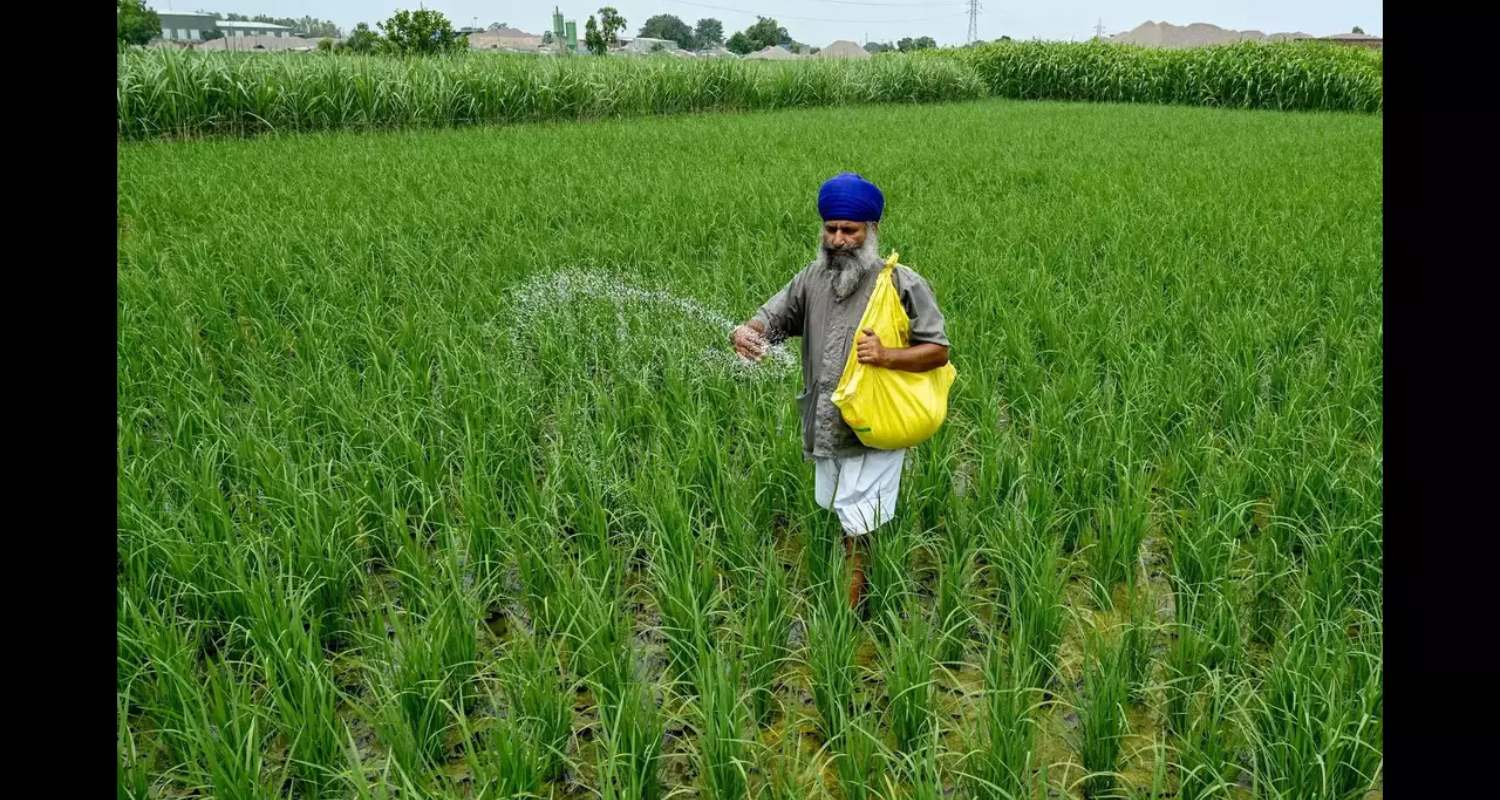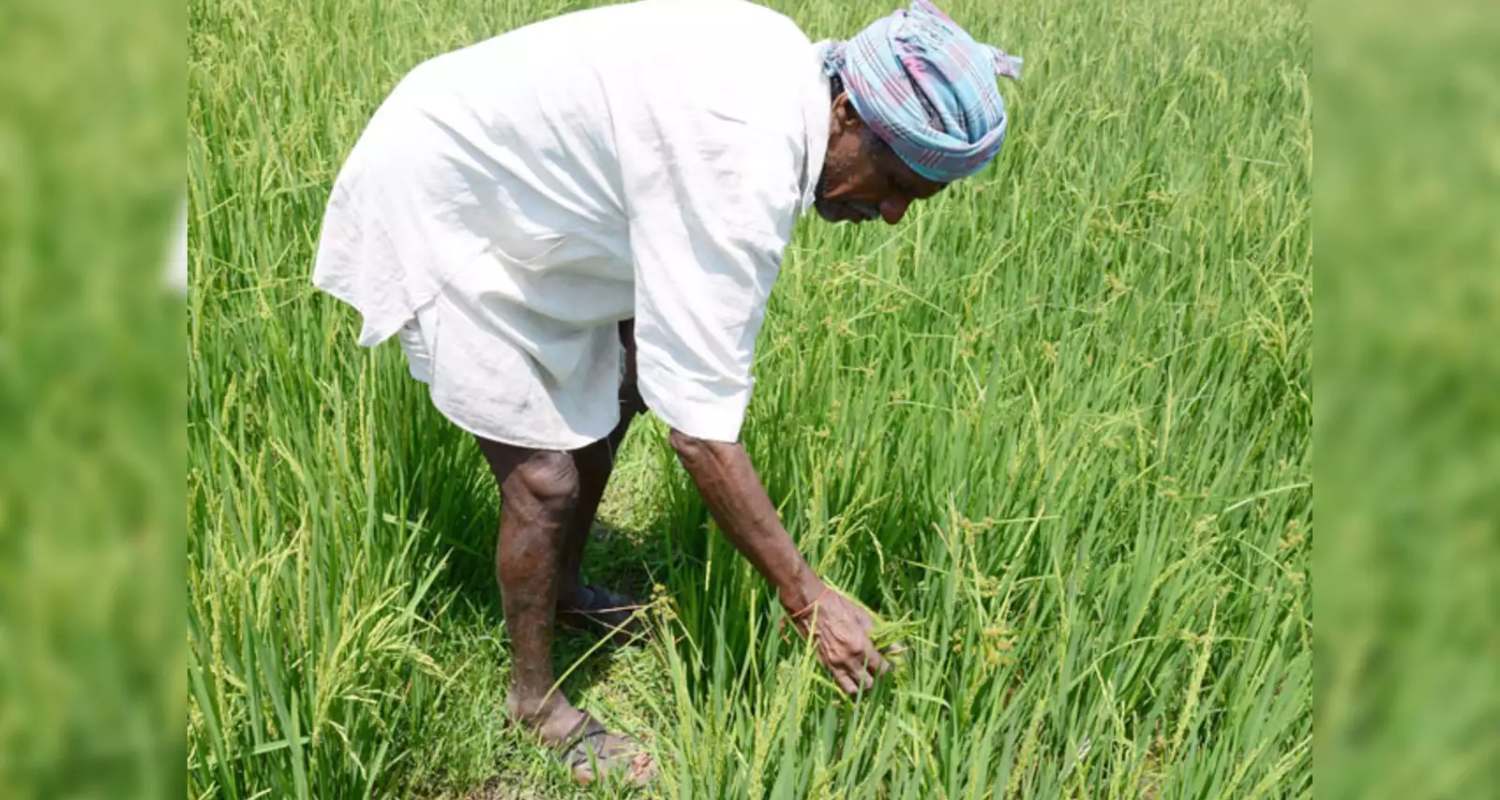A farmer in his late sixties, cultivates basmati rice in Amritsar, a tradition passed down through generations. His father and grandfather grew the same aromatic grain in the fertile plains of Punjab, once known as India's breadbasket.
Meanwhile, thousands of kilometers away in Tehran, Iran, Amir Ghafourimanesh, a commodities importer, enjoys basmati rice at his table, just as his family has for decades. Their lives are interconnected by a single crop—one that flourishes in water-abundant conditions. Yet, there’s an irony: while Amir lives in a country where water scarcity makes growing basmati unsustainable, Aulakh, too, farms in a region grappling with depleting water resources.
However, for many farmers, cultivating basmati rice is no longer about subsistence—it’s about economic survival. Over the past three decades, Punjab has transformed from a primarily self-sufficient agricultural hub into a major exporter of water-intensive crops, particularly basmati rice.
The demand for this premium grain has skyrocketed globally, bringing economic prosperity to farmers. But the unintended consequence has been the rapid depletion of Punjab’s underground water reserves, creating an environmental crisis with no end in sight.

Punjab: A major exporter, a major consumer of water
India is the world’s largest exporter of basmati rice, providing nearly three out of every four plates of basmati consumed globally. According to data from the Agricultural and Processed Food Products Export Development Authority (APEDA), between 2013 and 2023, India shipped basmati rice to over 170 countries. However, the bulk of these exports—nearly 70 per cent—go to just five nations: Iran, Saudi Arabia, Iraq, the UAE, and Yemen.
These importing countries, concentrated in the Middle East and North Africa (MENA) region, face some of the world’s highest levels of water stress. In fact, eight out of every ten individuals in MENA live under extreme water scarcity, where demand surpasses supply, leading to rapid depletion of water resources.
But India, the world’s top producer, faces its own water challenges. Within South Asia, seven out of ten people experience high water stress, as more than 80 per cent of the region’s renewable water supply is used. This leaves little room for emergency reserves, especially during droughts, which are becoming more frequent due to climate change.
Eminent economist and Padma Bhushan awardee Sardara Singh Johl has long warned about the concept of “virtual water trade.”
He explains: “We are pumping water out from the ground, and day by day, it’s going down. It’s going into grains and moving out of the state. Just one kilogram of rice requires 5,000 liters of water to grow, while one kilogram of wheat needs about 3,000 liters. We are exporting 22 million tonnes of food grains—just imagine how much water that represents!”
The Basmati belt and Punjab’s groundwater crisis
According to the reports from Newslaundry, Basmati rice is indigenous to the Punjab region, spanning parts of both India and Pakistan. Punjab remains the largest producer, followed by Haryana and other states. In 2023, Punjab accounted for approximately 40 per cent of India’s total basmati production.
Arvinder Pal Singh, owner of Lal Qilla Rice, one of India’s leading basmati exporters, identifies Gurdaspur, Amritsar, and Tarn Taran as the heart of Punjab’s “Basmati Belt”—areas known for producing the highest quality grain.
Amritsar and Tarn Taran topped Punjab’s basmati output in 2023, followed by Fazilka, Muktsar, and Sangrur. Together, these five districts account for nearly half of the state’s production.

However, the rise in basmati production has come at a steep environmental cost. Government data reveal that since 1998, the groundwater table in key districts such as Sangrur, Barnala, and Patiala has been declining by an alarming one meter per year.
Punjab’s top two basmati-producing districts—Amritsar and Tarn Taran—are now among the most over-exploited in terms of groundwater usage.
Despite repeated government efforts to curb groundwater depletion, Punjab’s farmers continue extracting vast quantities of water—partly because of state policies that provide free electricity for tubewells, a practice in place since 1997.
Also Read: What is quantum navigation and how does it work?
Basmati: A high-value crop with a high cost
Basmati rice cultivation has undergone a dramatic transformation. Historically considered a specialty crop with limited production, its status changed after 1991 when India began prioritising agricultural exports. The shift turned basmati into a cash crop, with exports surging over 37 times in total value.
Farmers recall that before the export boom, basmati fetched just Rs 300 to 400 per quintal in the local market. But once international demand kicked in, prices skyrocketed to Rs 1,100 per quintal. Since then, basmati has become a cornerstone of India’s food export industry.
Between 2013 and 2024, basmati rice made up only one-third of India’s total rice exports, yet it accounted for more than 50 per cent of the country’s rice export revenue, demonstrating its premium pricing advantage.
The silent cost: Punjab’s hollowing aquifers
Punjab has the second-highest groundwater extraction rate in India, trailing only Uttar Pradesh. The Central Groundwater Board (CGWB) has conducted five assessments from 2013 to 2023, and the findings are concerning:
- Six out of every ten assessment units in Punjab have been classified as “over-exploited” since 2017.
- Districts like Sangrur, Ludhiana, and Jalandhar, major basmati-producing areas, consistently rank among the highest in groundwater extraction.
- 54 out of Punjab’s 170 over-exploited blocks fall into the “Orange” category, meaning groundwater use exceeds recharge rates by over 200 per cent.
Punjab’s water crisis is so severe that some blocks are now classified as “critical” or “beyond repair”, particularly in districts where basmati is a dominant crop.
Future at stake: The need for policy reforms
Punjab’s groundwater crisis is the result of decades of unchecked policies. Experts argue that government intervention—such as The Punjab Preservation of Subsoil Water Act (2009)—has been insufficient.
While the law prohibits early paddy cultivation before the monsoon, new basmati varieties that mature earlier have led farmers to resume pre-monsoon planting, once again straining groundwater reserves.
In addition, government subsidies for electricity and irrigation systems have discouraged farmers from adopting water-efficient techniques, such as drip irrigation.
- Punjab has only 1.2 per cent of its cultivated area under micro-irrigation, one of the lowest adoption rates in India.
- Over the past nine years, Punjab received only Rs 56 crore ($6.4 million) in micro-irrigation subsidies, compared to Rs 2,500 crore ($287 million) allocated to Karnataka and Andhra Pradesh.
Also Read: RBI sees inflation cooling with better crop outlook



